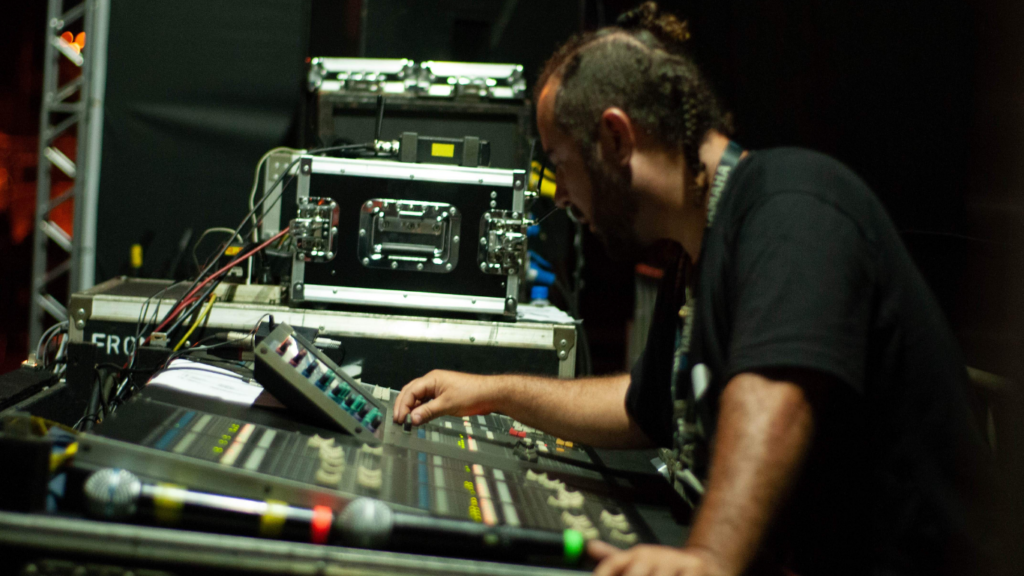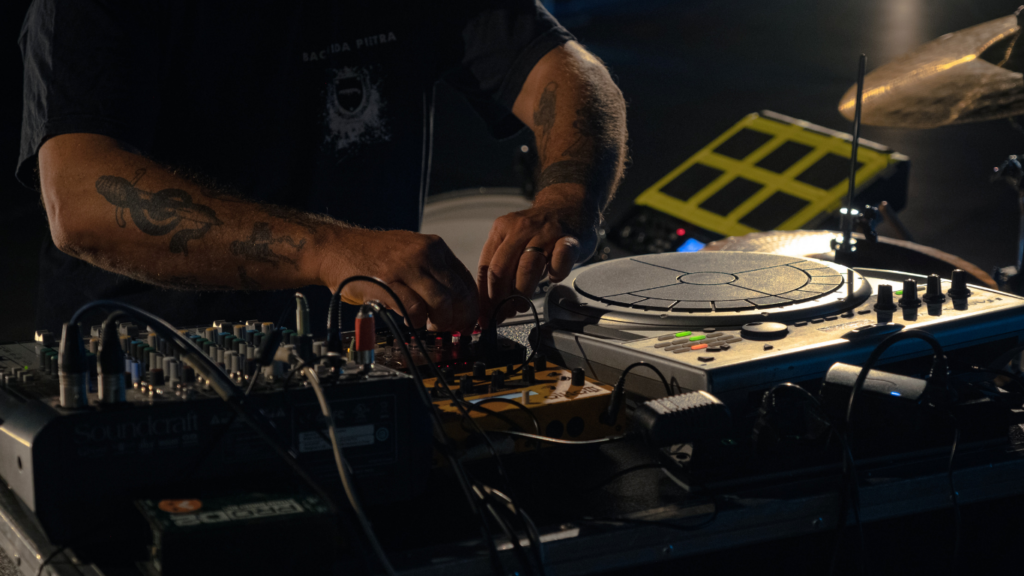Venturing into the immersive world of Virtual Reality (VR) opens up a realm where audio plays a pivotal role in enhancing the overall experience. As an enthusiast in the VR domain, I’ve delved into the intricacies of audio solutions that can truly elevate the immersion factor.
From the crisp sounds of footsteps behind you to the distant echoes reverberating in a virtual landscape, the choice between headphones and spatial audio systems can make or break the illusion of being present in another reality.
In my exploration of audio solutions for VR, I’ve uncovered the nuances that differentiate headphones’ binaural audio from the sophisticated spatial audio systems that aim to recreate sound as we perceive it in the real world.
Understanding the importance of audio cues in creating a convincing virtual environment has led me to dissect the advantages and limitations of each audio solution, shedding light on how they contribute to the overall VR experience.
Overview of VR Audio
Exploring the realm of Virtual Reality (VR) audio is a fascinating journey that unravels the critical role sound plays in enriching immersive experiences. In VR environments, audio serves as a cornerstone for creating realistic and captivating scenarios that engage users on a profound level.
Headphones with binaural audio capabilities and spatial audio systems are two primary solutions in the VR audio landscape, each offering unique strengths and limitations. While headphones deliver precise positional audio effects through individual ear channels, spatial audio systems excel at creating a three-dimensional soundscape that adapts to users’ movements within virtual spaces.
Understanding the distinctions between these audio solutions is paramount for developers and users alike, as the choice between headphones and spatial audio systems can significantly impact the overall VR experience. By harnessing the power of audio cues, VR designers can elevate immersion levels and transport users to intricately crafted virtual worlds with unparalleled realism.
Importance of Audio in VR
- Immersive Soundscapes: Audio enhances the VR experience by creating detailed and realistic soundscapes that immerse users in the virtual environment. High-quality sound design helps users feel as though they are truly present in the VR world, with spatial audio cues that reflect the location and movement of objects around them.
- Enhanced Interaction and Engagement: Realistic audio effects contribute to a more engaging and interactive experience by providing feedback on user actions. Sound cues can signal events, interactions, or changes in the environment, making the virtual experience more dynamic and responsive to user input.
Immersive Experience
In VR, sound is a fundamental element that enhances immersion by transporting users into a virtual realm where every auditory cue contributes to the overall sensory experience. By leveraging sophisticated audio technologies, such as binaural rendering or spatial audio systems, developers can create environments where users feel fully present and engaged.
The strategic placement of sound cues can guide users through different virtual spaces, heightening their spatial awareness and deepening their connection to the digital world.
Realism and Presence
The audio experience in VR is not just about hearing sound; it’s about perceiving depth, distance, and direction accurately. This level of realism is crucial for creating a convincing virtual environment where users feel like they are physically present in the digital landscape. Spatial audio systems excel in simulating real-world acoustics, allowing users to perceive sound as they would in a physical space.
This attention to detail enhances the sense of presence in VR, making interactions more intuitive and lifelike. By prioritizing audio quality and accuracy, developers can elevate the overall realism of virtual experiences, making them more captivating and engaging for users.
Types of VR Audio Solutions
When it comes to experiencing Virtual Reality (VR) environments, the audio component plays a critical role in enhancing immersion and realism. In VR applications, there are two primary types of audio solutions: headphones for VR and spatial audio systems. Let’s explore each in detail.
Headphones for VR
Headphones are a popular choice for delivering immersive audio in VR experiences. They offer a personalized audio environment, isolating the user from external sounds and enhancing the feeling of being inside the virtual world.
By using headphones specially designed for VR applications, developers can deliver spatial audio cues directly to each ear, creating a 3D audio experience that enhances the overall sense of presence and immersion.
Spatial Audio Systems
Spatial audio systems utilize advanced technology to create a sense of space and directionality in virtual environments. These systems replicate real-world acoustic phenomena, allowing users to perceive sound as they would in the physical world.
By accurately positioning audio sources within the virtual space, spatial audio systems enhance spatial awareness, making interactions more intuitive and lifelike. Developers can leverage spatial audio to create dynamic soundscapes that respond to user movements, further enriching the VR experience.
Spatial Audio Systems for VR
Focusing on spatial audio systems in Virtual Reality (VR), I delve into the advanced technology that enhances users’ immersive experiences by replicating real-world acoustics. These systems play a crucial role in elevating spatial awareness and making interactions in VR more intuitive and lifelike.
Spatial audio systems utilize techniques like HRTF (Head-Related Transfer Function) to simulate how sound interacts with the user’s head and ears, creating a 3D soundscape that mimics real-life environments. By accurately replicating the way we naturally perceive sound direction and distance, spatial audio adds a layer of realism that is essential for creating convincing virtual worlds.
In VR applications, spatial audio enables developers to position sounds dynamically, allowing users to locate audio sources in 3D space. For example, hearing footsteps approaching from behind or a distant explosion to the left adds depth and immersion to the virtual environment, enhancing the overall user experience.
By leveraging spatial audio systems, developers can design interactive VR scenarios that rely on accurate sound positioning to guide user actions or reactions. This technology not only enhances the sense of presence but also contributes to the overall engagement and enjoyment of VR content.



